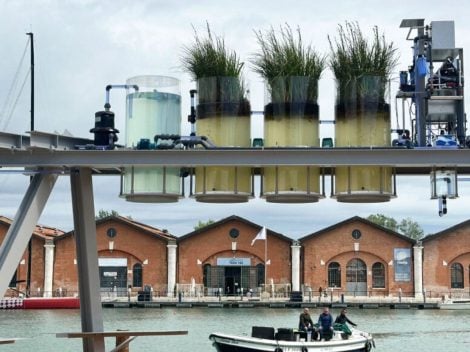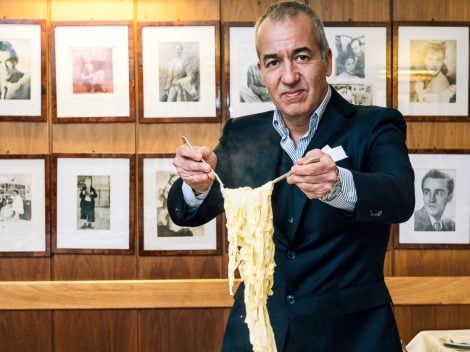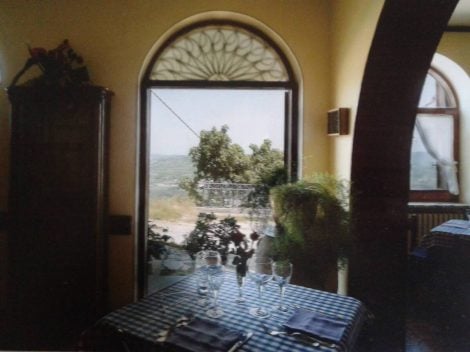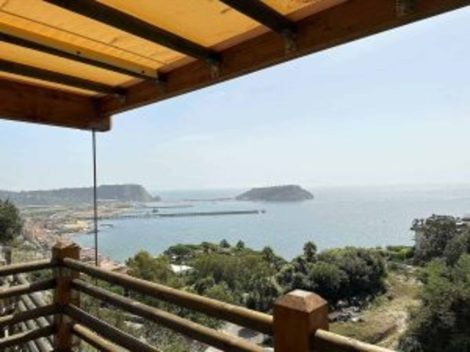Which is the most decisive factor in choosing a wine? For most consumers, sustainability plays an important role. Full Glass Research of Berkeley examined a panel of 4,700 distributors, retailers, marketing professionals, restaurateurs, media representatives and American educators. For 84% of those interviewed, profit was an important aspect of sustainable growth. Another fundamental factor for 71% was social and environmental. And finally, 73% of wholesalers and retailers stated that sustainable practices represent one of the chief motives in their choice of products to sell.
Sustainability cost is not a key factor, since it is often the same as those of other products, or, in any case, not enough higher to discourage purchase. Among the weak points of the system was the inability to identify immediately wines that were the result of sustainable practices, especially in terms of logos, packaging and certification. The research showed how green conversion has grown exponentially in California, which now affords a particularly virtuous example: over 2,000 growers of wine grapes participate in the CSWA program, and represent 70% of the state’s winegrowing surface.
Archeology. A 3,000-year-old glass of wine. A first in Friuli Venezia Giulia
They were drinking wine in Friuli Venezia Giulia three thousand years ago, long before the arrival of the Romans. Traces show that in this zone, viticulture was a well-known activity. The discovery was made by researchers from the University of Udine inside the proto-historic village of Canale Anfora, in the Ca’ Baredi locality of Terzo di Aquileia (Udine). It is the most ancient example in the region and one of the oldest in northern Italy. The wine was found during an analysis of ceramic samples, the contents of a cup abandoned, along with various items of tableware, at the edges of a hearth datable to between the 14thand 13thcenturies B.C. (the end of middle Bronze and the beginning of the recent Bronze ages). The chemical and chromatographic analyses carried out at the University of Barcelona found organic residue impregnating the sides of the containers used for manipulation, cooking and consumption of food and drink. “The discovery made at Ca’ Baredi is of great value, even on its own,” underlined Elixabetta Borgna, scientific director of the dig. “It is a key piece of the picture of the long-distance relationships between Mediterranean and northern Adriatic regions long before the arrival of the Romans in the 2ndcentury B.C.”

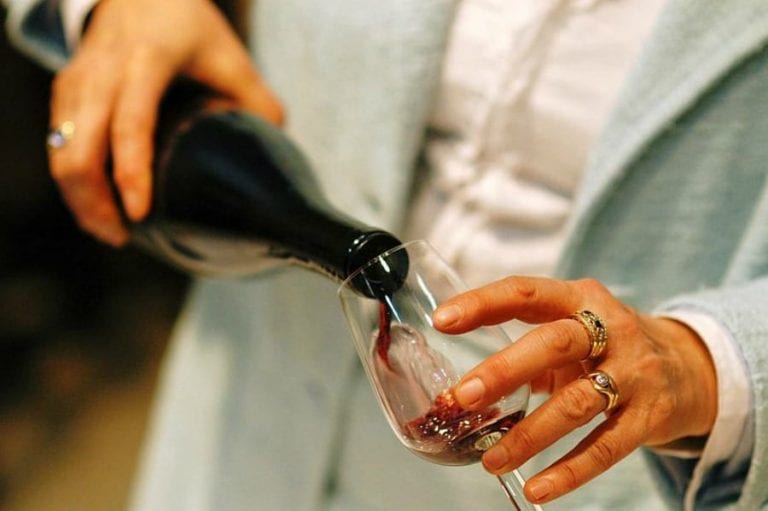

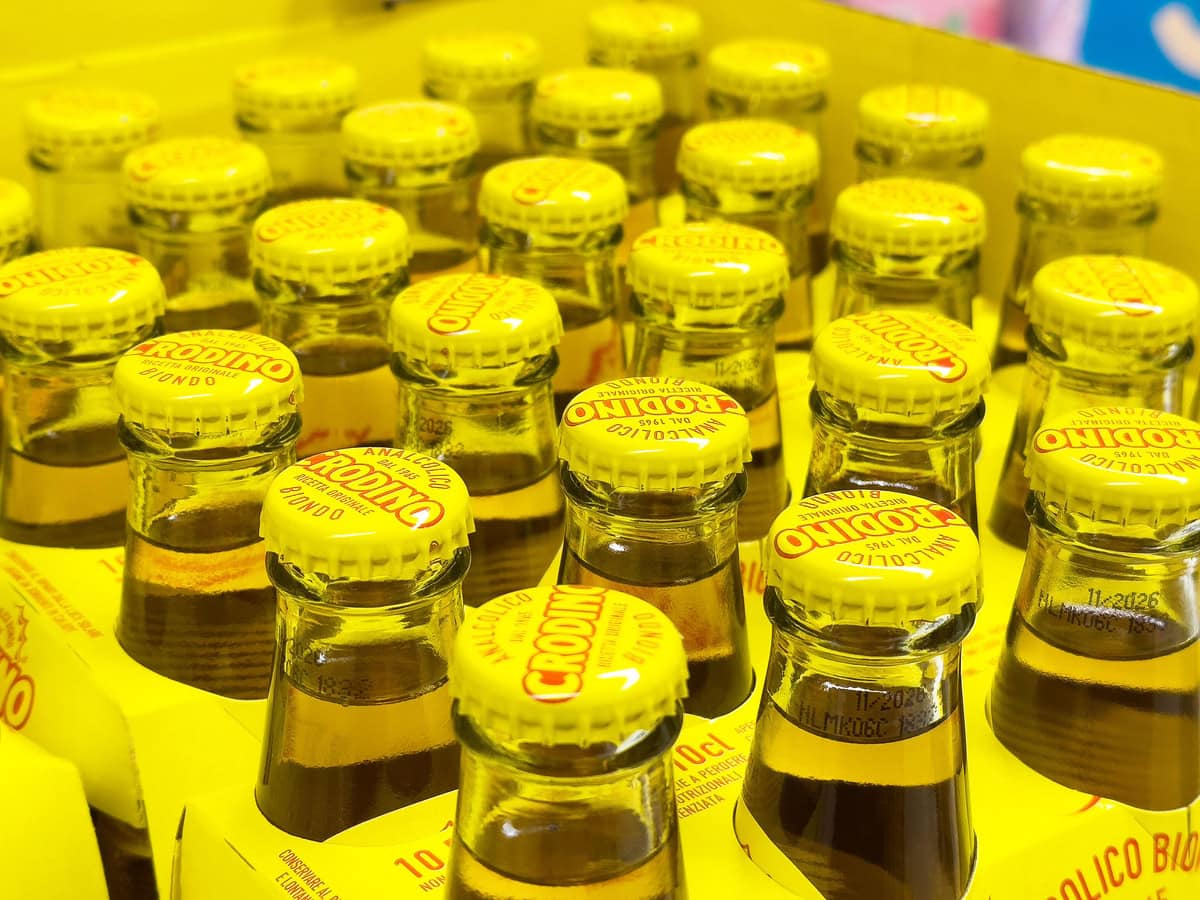 Crodino ready to conquer America. Campari bets on the Italian-style non-alcoholic Spritz
Crodino ready to conquer America. Campari bets on the Italian-style non-alcoholic Spritz Italian cuisine as told by Stanley Tucci has only one flaw: it's too perfect
Italian cuisine as told by Stanley Tucci has only one flaw: it's too perfect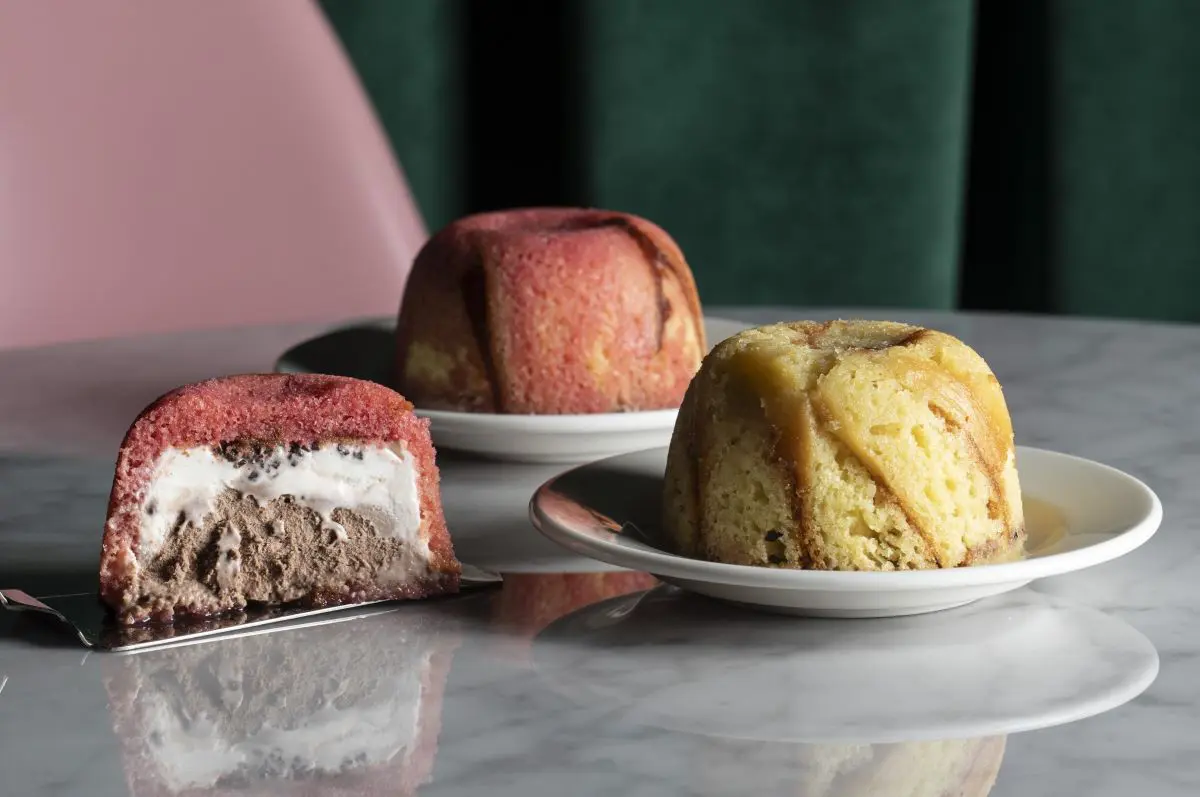 What it is and where to eat Zuccotto, the ancient Florentine dessert invented by an architect
What it is and where to eat Zuccotto, the ancient Florentine dessert invented by an architect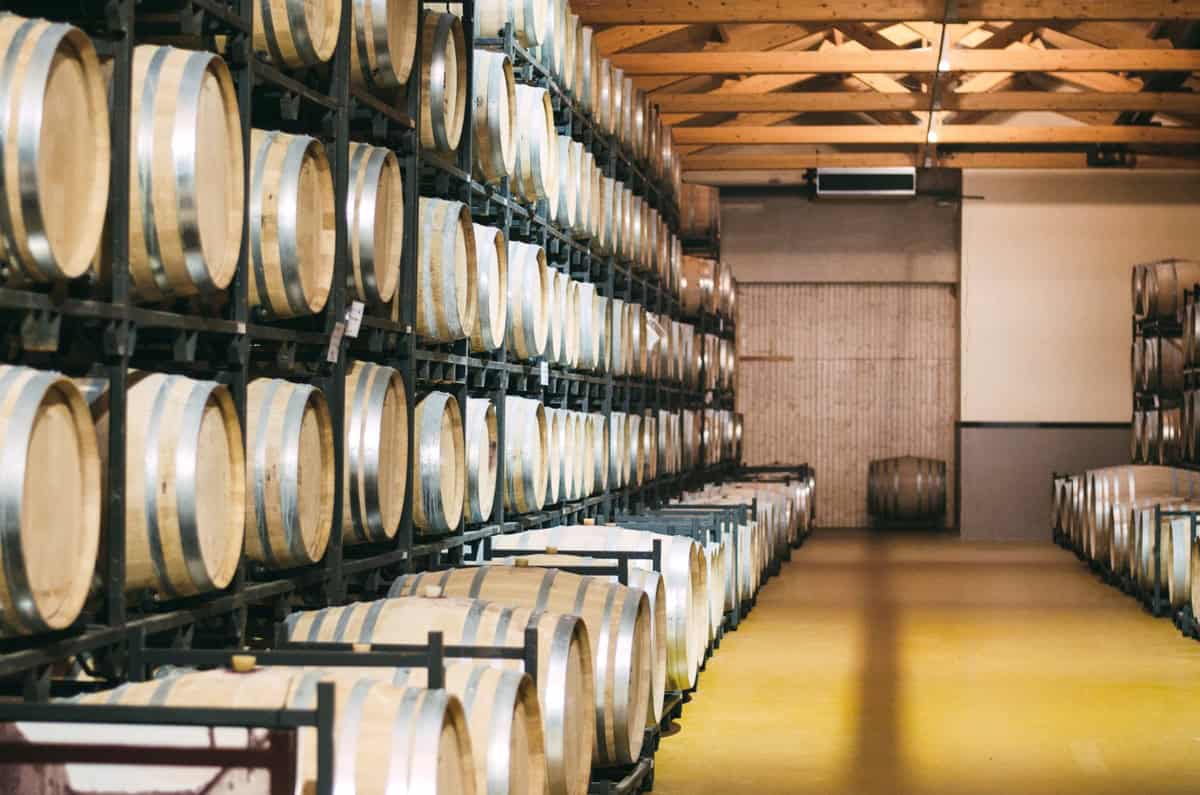 The harvest is approaching, but stocks of Italian wine remain high: just under 50 million hectolitres
The harvest is approaching, but stocks of Italian wine remain high: just under 50 million hectolitres "The customer is tired of monotony, cuisine must no longer revolve around the chef." Interview with Gabriel Collazzo
"The customer is tired of monotony, cuisine must no longer revolve around the chef." Interview with Gabriel Collazzo
